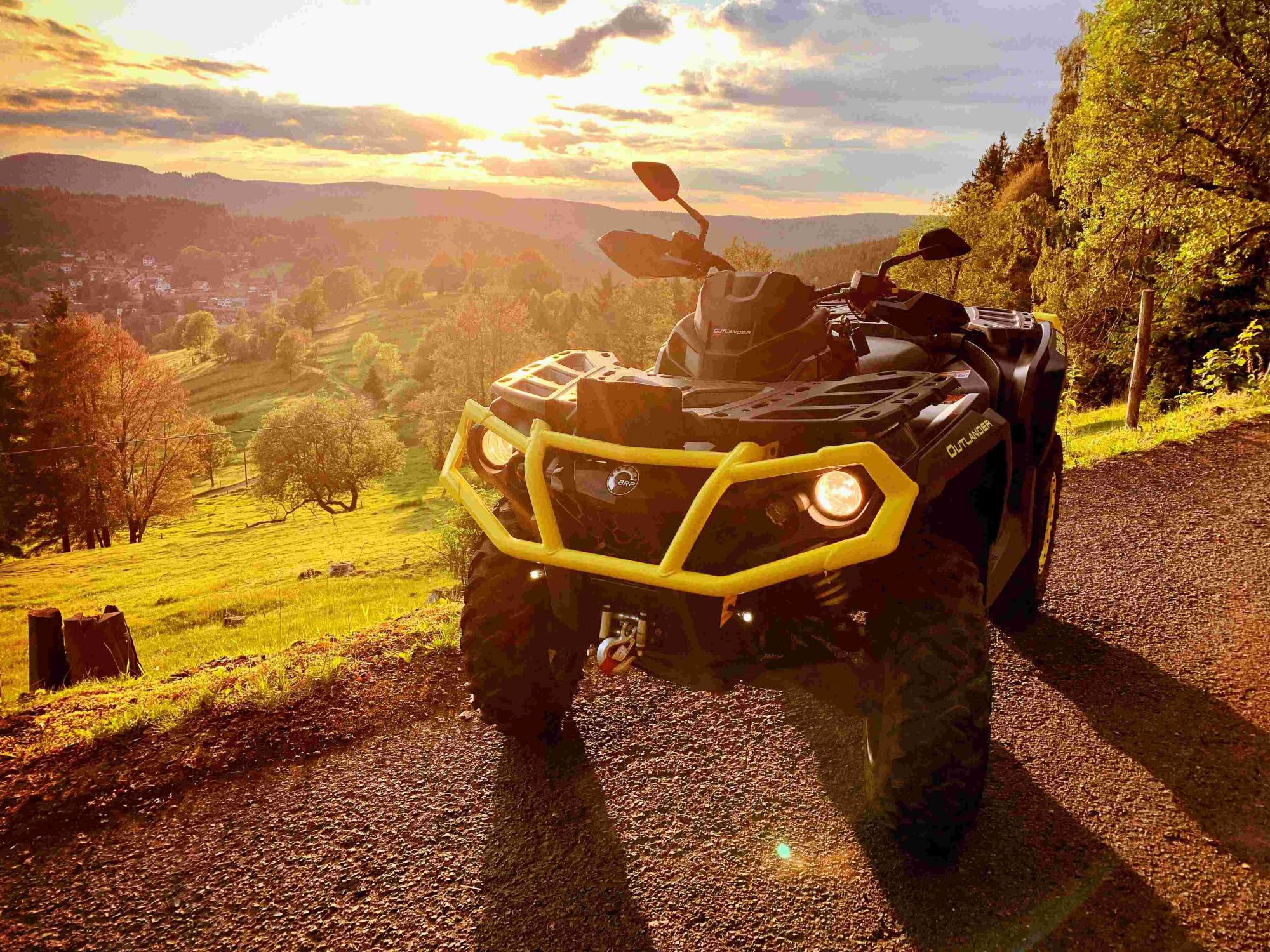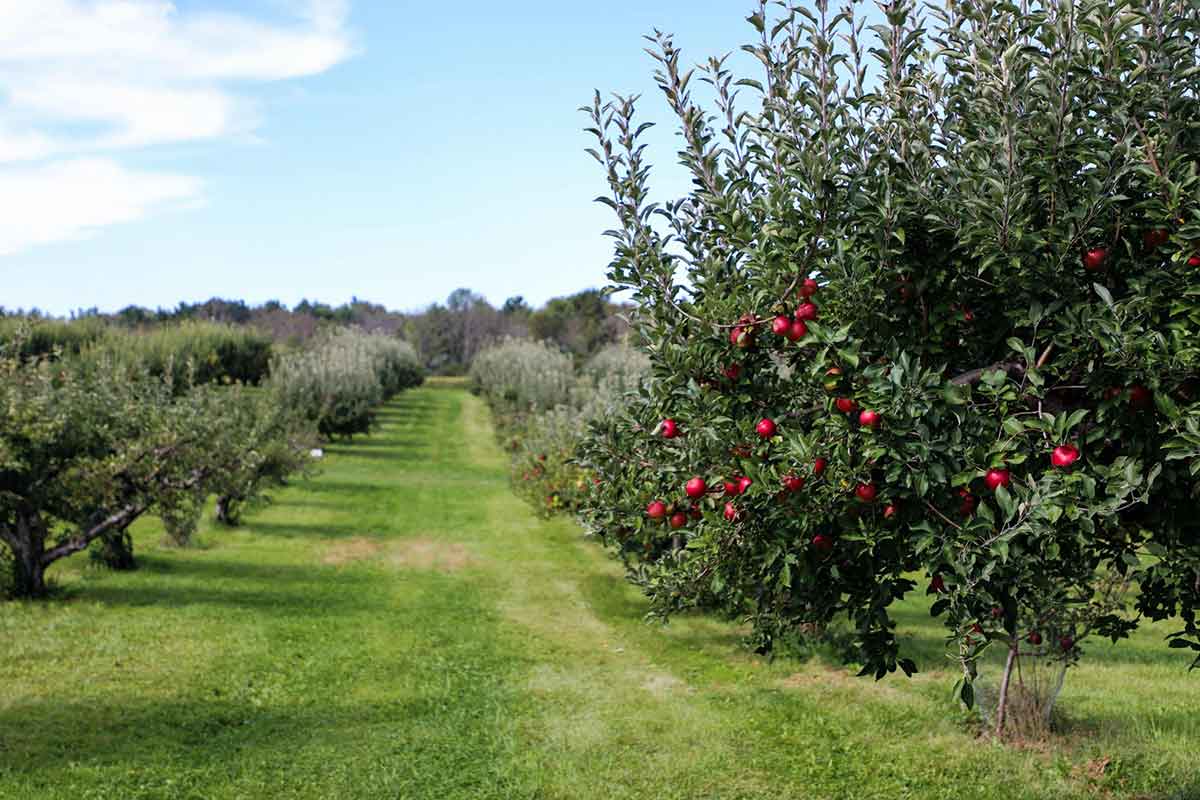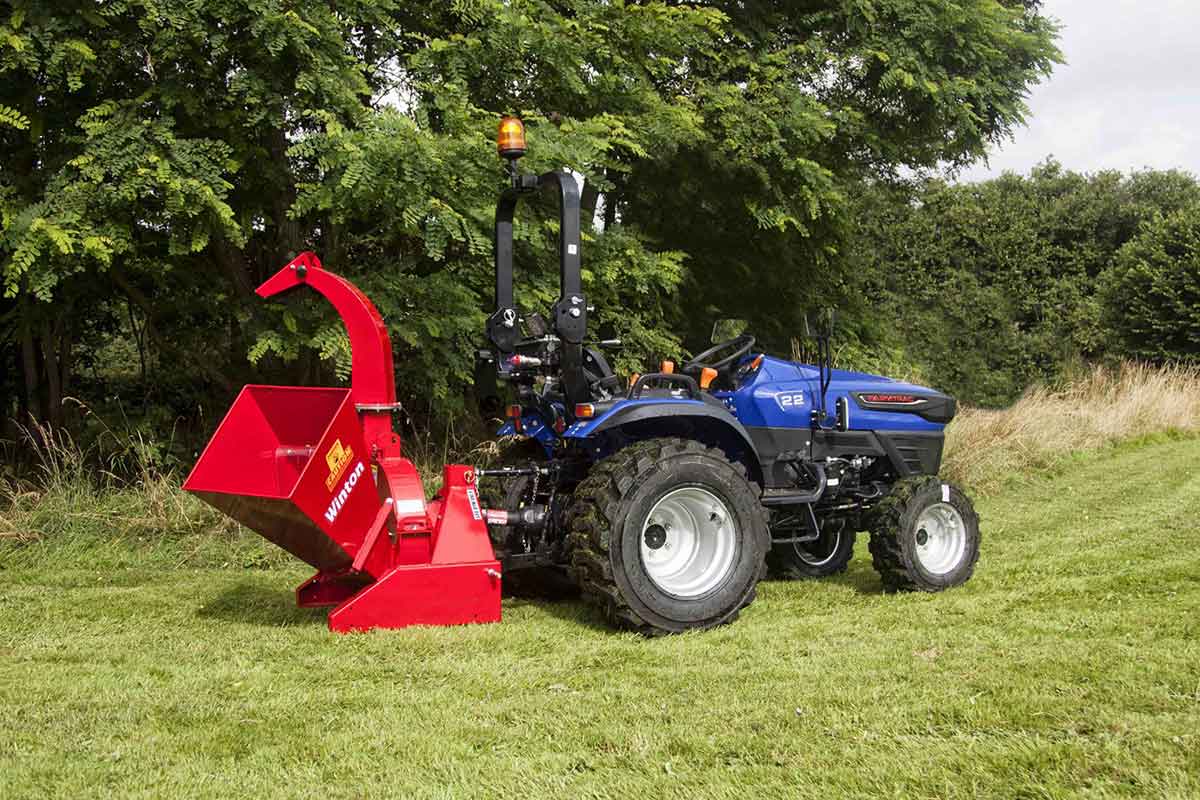Farming has come a long way over the past hundreds of years. The introduction of the tractor played a significant role in the development of most of the modern farm machinery we see and use today. But before this farmers used a variety of kit and work horses to manage their farm land.
We’ve picked out 4 of the trusty tools from the medieval era, some of which are still recognisable today.
Flail
The flail was used to separate grain from the harvested sheaves. After this was complete, a winnowing basket was then used to extract the corn from the outer husks. The medieval flail was simply two pieces of wood joined together. The handle (the bigger piece) was attached to the striker via a hinge at the top of the piece.
Harrow
The harrow had four to six wooden beams known as ‘bulls’ into which were set iron or wooden teeth. Harrows were specifically used for breaking up soil and covering over seeds. Usually these lumbering tools were hauled around by a horse or two.
Moulboard / Wheeled Plough
Both ploughs produced a deep furrow and turned earth. They were also introduced to guide the actual ploughs themselves which often could be inaccurate. Moulboard ploughs were often deployed in heavy clay areas while the wheeled ploughs could deal with the sandy less tough soils.
Scythe
Better known in popular culture for being the weapon of choice for the infamous Grim Reaper. Scythes were essential for farmers in the medieval era, it consisted of a large blade being attached to the end of a large pole. The reason they were so important is because they gave the operator the advantage of standing up while cutting corn.
[share title=””]







